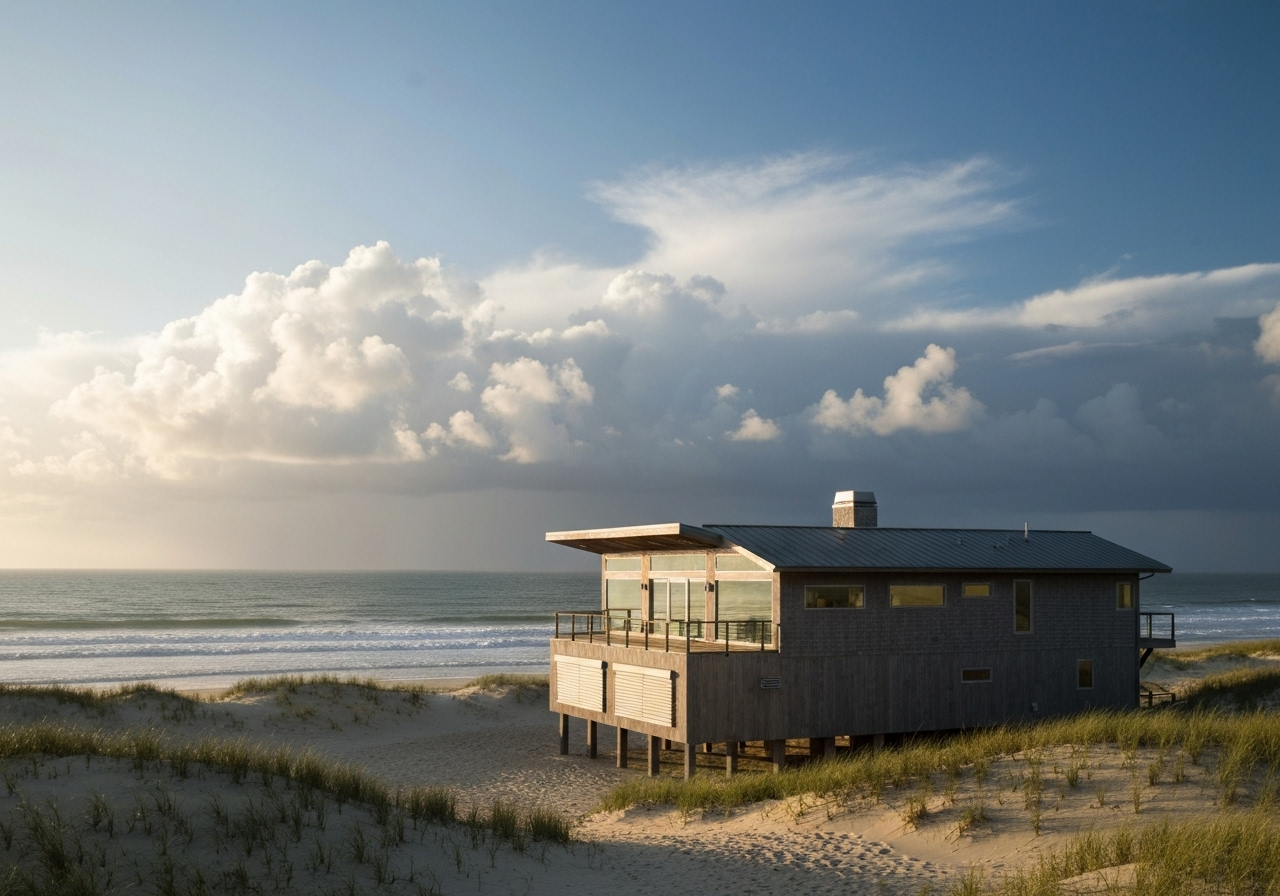The Unique Risks of Coastal Homeownership
Owning a home along the coast offers unparalleled beauty and a distinct lifestyle, but it also presents a unique set of challenges and significant risks that extend beyond those faced by inland properties. Coastal properties are inherently vulnerable to powerful natural forces, making a robust understanding of insurance paramount. From the constant threat of hurricanes and tropical storms to the subtle yet relentless impacts of coastal erosion and rising sea levels, homeowners in these regions face increased potential for property damage and financial loss.
The dynamic environment of coastal living means homes are exposed to high winds, storm surges, and torrential rainfall, all of which can lead to catastrophic damage. For example, in 2024, Fort Lauderdale experienced a “1000-year” flood, underscoring the severe vulnerabilities coastal cities face from extreme weather exacerbated by climate change. Even properties not directly on the beachfront can experience significant flooding from storm surges and heavy rainfall. Research indicates that hidden flood risks often surpass official estimates, with nearly 14.6 million U.S. properties susceptible to flood damage—nearly double what federal flood maps show. This highlights the urgent need for updated risk assessments.
Understanding Coastal Homeowners Flood and Wind Insurance: A Comprehensive Overview
For coastal homeowners, gaining a comprehensive understanding of coastal homeowners flood and wind insurance is not merely advisable but essential. Standard homeowners insurance policies, often referred to as HO-3 policies, provide broad coverage for your dwelling, personal property, and liability but frequently exclude or limit coverage for the specific perils prevalent in coastal areas. This necessitates a layered approach to insurance, combining various policies and endorsements to ensure true protection. Homeowners need to be acutely aware of how wind and water damage are handled differently by insurers, as these are the primary threats in coastal zones.
Specialized coastal home insurance is designed to address these unique vulnerabilities. This often means separate policies or endorsements for wind, hail, and flood damage. Without these tailored coverages, coastal residents could find themselves significantly underinsured when a major weather event strikes, leaving them to bear substantial out-of-pocket expenses. The goal is to create a safety net that accounts for the elevated risks of living near the ocean, ensuring that your investment and peace of mind are secured against the unpredictable forces of nature.
Decoding Flood Insurance: What Coastal Homeowners Need to Know
Flood insurance is a critical, distinct component of protection for coastal properties, as it is almost universally excluded from standard homeowners insurance policies. This separation is vital because flooding, defined as damage from water coming from outside the home, accounts for significant losses across the U.S. and is the most common natural disaster. Even a few inches of floodwater can cause tens of thousands of dollars in damage, underscoring the financial risk of going without this coverage.
There are two primary avenues for obtaining flood insurance: the National Flood Insurance Program (NFIP), managed by FEMA, and the growing private flood insurance market. The NFIP, established in 1968, provides federally backed insurance and encourages floodplain management. Its recent update, Risk Rating 2.0, aims to more equitably price policies based on a property’s actual flood risk, considering factors like flood frequency, type, proximity to water, and building characteristics, rather than just flood zone designations. This new methodology can lead to significant premium changes for some properties. Private flood insurance, conversely, often offers higher coverage limits, more flexible policies, and potentially shorter waiting periods than the NFIP’s typical 30-day waiting period. Understanding what flood insurance covers—typically the building structure and personal contents—and what it specifically excludes, such as outdoor property like pools or loss of use expenses, is crucial. Resources are available to help you determine if you need a good flood insurance policy and how to complete a flood risk assessment for your property, especially with understanding coastal flood risks homeowners 2025.
Navigating Windstorm and Hurricane Coverage for Your Coastal Home
Windstorm and hurricane coverage are equally vital for coastal homeowners, especially given the increased frequency and intensity of severe weather events. In many hurricane-prone states, standard homeowners insurance policies either exclude wind and hail damage entirely or impose specialized deductibles for these perils. This is why separate windstorm policies or specific endorsements are often necessary to adequately protect your property.
The term “hurricane insurance” isn’t a standalone policy but rather refers to these specialized coverages and the associated deductibles. Hurricane deductibles, also known as named storm deductibles or wind/hail deductibles, are distinct from standard deductibles. They are typically calculated as a percentage (e.g., 1% to 10%) of your home’s insured value, rather than a fixed dollar amount. For example, a 5% hurricane deductible on a $300,000 home means you’d pay the first $15,000 of damage. These deductibles are triggered by specific events, such as a named storm reaching hurricane status or making landfall within a certain proximity to your property. State regulations vary significantly, impacting how and when these deductibles apply. For instance, some states may mandate that a hurricane deductible applies only once per season, regardless of how many named storms hit, as detailed in our guide on navigating hurricane and windstorm deductibles 2025 and understanding home insurance windstorm deductibles. It is crucial to review your policy’s declarations page to understand your specific deductible amounts and the conditions that trigger them. The Insurance Information Institute provides valuable insights on hurricane and windstorm deductibles.
Key Differences: Flood vs. Wind Damage Coverage
Distinguishing between flood and wind damage coverage is one of the most critical aspects of understanding coastal homeowners flood and wind insurance. While both are water-related, they are typically covered by separate policies due to how insurers define the source of the damage.
- Wind Damage: Generally covered by the windstorm portion of your homeowners policy or a separate wind/hail policy. This includes damage from direct wind impact, such as torn-off shingles, structural damage from high winds, or falling trees caused by wind. These policies often come with a specific hurricane or windstorm deductible.
- Flood Damage: Explicitly excluded from standard homeowners insurance policies. Flood damage occurs when water comes from *outside* the home, such as rising rivers, storm surges, heavy rainfall runoff, or coastal erosion. This requires a separate flood insurance policy, typically through the NFIP or a private insurer.
The distinction can be nuanced, especially during hurricanes where both high winds and storm surges occur simultaneously. For example, if a hurricane rips off your roof (wind damage) and then rain enters your home through the open roof (rain damage that is a direct result of the wind damage), it might be covered by your wind policy. However, if rising storm surge water enters your home, that is flood damage and requires a flood policy. A key real-world lesson overlooked by many is that even heavy rain that causes water to pool around your foundation and seep into your home is considered flood damage, not standard water damage, if the water originated from outside. It is vital to review both your homeowners and flood policies to understand how they interact and where potential gaps in coverage might exist.
Factors Affecting Your Coastal Home Insurance Premiums
Several factors significantly impact the cost of homeowners insurance in coastal areas, making premiums generally higher than those for inland properties. These factors are crucial for understanding coastal homeowners flood and wind insurance costs and finding ways to manage them.
- Location: Proximity to the coast, elevation, and whether your home is in a designated flood zone (e.g., Zone V or AE) are primary drivers. Homes closer to the water and in higher-risk flood zones will almost always have higher premiums.
- Home Characteristics:
- **Age and Construction:** Older homes, especially those not built to modern building codes or without hurricane-resistant features, may cost more to insure. The type of roofing, materials, and overall structural integrity are assessed.
- **Mitigation Features:** Homes with features designed to resist wind and water damage, such as storm shutters, reinforced roofs, impact-resistant windows, or elevated foundations, may qualify for discounts.
- **Reconstruction Costs:** The estimated cost to rebuild your home (not its market value) is a major factor, as this determines the dwelling coverage limit.
- Claims History: A history of frequent or large claims can signal higher risk to insurers, leading to increased premiums.
- Deductibles: Choosing a higher deductible for wind, hail, or named storms will generally result in lower premiums, but it also means a greater out-of-pocket expense in the event of a claim.
- Local Regulations: State-specific laws and the availability of state-backed insurance pools (like coastal underwriting associations) can influence rates and coverage options.
Understanding these elements can help homeowners identify areas where they might be able to reduce their premiums. For example, implementing mitigation measures or choosing a higher deductible can impact your costs, as discussed in our article on essential factors that impact your cost of homeowners insurance.
Protecting Your Investment: Tips for Coastal Homeowners
Beyond securing the right insurance, proactive measures are essential for coastal homeowners to protect their investment and minimize damage from flood and wind events. These tips not only safeguard your property but can also potentially lead to lower insurance premiums.
- Elevate Your Home and Utilities: If feasible, raise your home above the base flood elevation. At a minimum, elevate critical systems like electrical panels, HVAC units, and water heaters to minimize damage from rising waters.
- Reinforce Your Home’s Structure:
- Roof: Strengthen roof-to-wall connections and consider using impact-resistant roofing materials. Regular roof maintenance is key to preventing leaks and structural compromise.
- Windows and Doors: Install storm shutters or use impact-resistant windows and doors to protect against high winds and flying debris.
- Garage Doors: These are often vulnerable points; reinforce them with vertical bracing or specialized kits.
- Improve Drainage: Ensure gutters and downspouts are clear and direct water at least five feet away from your home’s foundation. Grade your yard to slope away from the house to prevent water from pooling.
- Install Backflow Valves: These can prevent sewer backups, which are typically considered flood damage and not covered by standard homeowners policies.
- Create a Detailed Home Inventory: Document all your belongings with photos or videos. This will significantly expedite the claims process if damage occurs. Store this inventory and other important documents (insurance policies, deeds) in a safe, waterproof, off-site location or digitally in the cloud.
- Develop an Emergency Plan: Establish evacuation routes, communication strategies, and an emergency kit with essential supplies. Our guide on how to prepare for a hurricane offers comprehensive steps.
- Regular Maintenance: Beyond hurricane season, consistent home maintenance, as outlined in 6 vital homeowner maintenance tips to prevent costly damage, prevents minor issues from escalating.
Proactive risk mitigation not only enhances the safety of your property and family but also demonstrates to insurers a commitment to reducing potential losses, which can positively influence your premiums and the availability of comprehensive coverage.
Securing Your Policy: How to Find the Right Coverage
Finding the right insurance coverage for your coastal home requires a strategic approach, encompassing careful research, comparison, and expert consultation. Given the complexities of understanding coastal homeowners flood and wind insurance, securing a policy that offers robust protection is paramount.
Here’s how to navigate the process:
- Assess Your Specific Risks: Understand your property’s flood zone designation, elevation, and historical exposure to wind events. This personalized risk profile will guide your coverage needs. Tools like FEMA’s flood maps and NOAA’s Sea Level Rise Viewer can be helpful.
- Work with a Specialist: Engage with an insurance agent or agency that specializes in coastal properties. They possess in-depth knowledge of regional risks, state-specific regulations, and the nuances of wind and flood policies. This local expertise, like that offered by Coastal Carolina Home Insurance Experts, is invaluable.
- Compare Multiple Quotes: Don’t settle for the first offer. Obtain quotes from several insurers, comparing not just premiums but also coverage limits, deductibles, exclusions, and customer service reputations.
- Understand Deductibles Thoroughly: Clarify how your standard, hurricane, and windstorm deductibles work, including their calculation (percentage vs. dollar) and trigger events. Ensure you can comfortably afford your out-of-pocket responsibility in a crisis.
- Review Policy Exclusions and Limitations: Be aware of what your policies *don’t* cover. For example, standard flood policies often don’t cover additional living expenses or damage to outdoor structures. Private flood insurance might fill these gaps.
- Consider Bundling: Many insurers offer discounts for bundling multiple policies, such as home, auto, and umbrella insurance. This can lead to significant savings while providing comprehensive protection across your assets.
- Conduct Annual Coverage Reviews: Your life and your home’s value change, and so do insurance offerings and risks. Regularly review your policies with your agent to ensure your coverage remains adequate and that you’re aware of any new discounts or policy adjustments. Our article on what’s a coverage review and why do I need one explains its importance.
By taking these steps, you can secure comprehensive and tailored insurance solutions that protect your coastal property and provide lasting peace of mind.
Ready to learn more? Visit our Contact Us page to get started!






